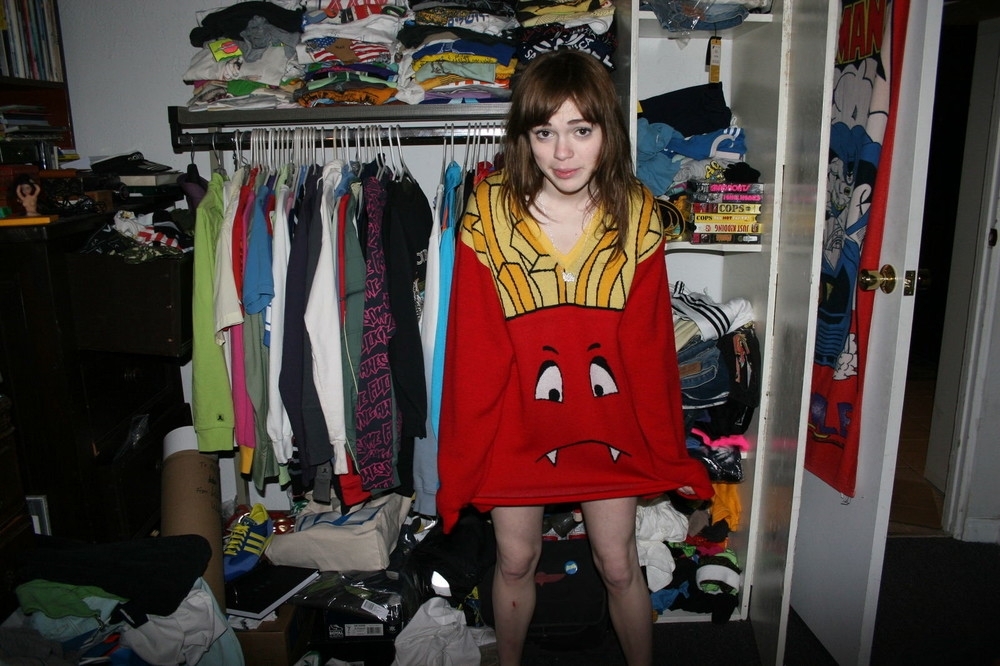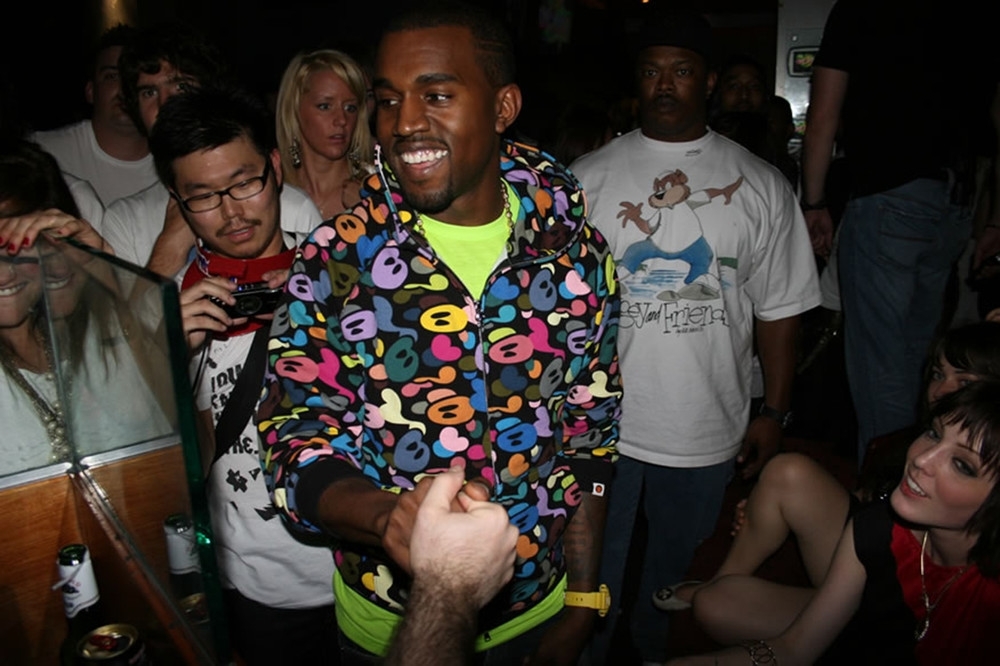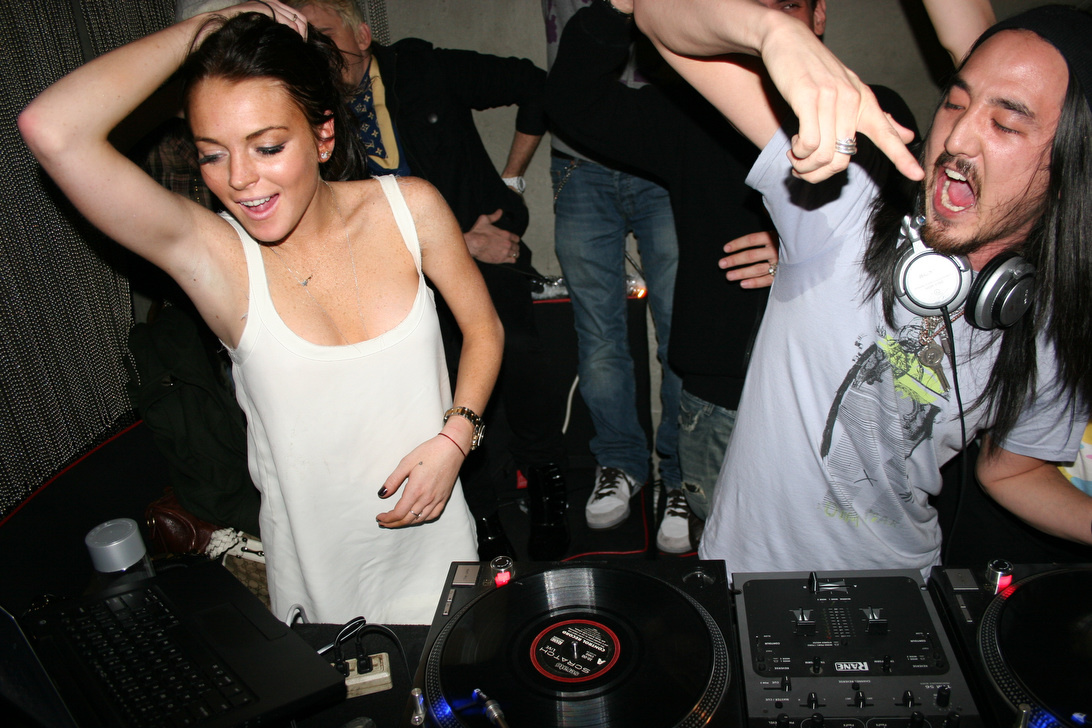What’s the greatest year in human history? It’s a momentous and ridiculous question. Maybe it was 1969 with its Woodstock soundtrack, in the shadow of the Summer of Love. Or if you like optimism and excess you could argue for 1922, a period F Scott Fitzgerald immortalised in The Beautiful and The Damned. If you’re the absolute worst you’ll insist right now is the best time to be alive.
I don’t want to encroach your nostalgia and daydreams, but I will argue that any answer other than 2007 is wrong. At first, 2007 doesn’t seem like a logical choice: objectively, it was kind of a terrible year. During these hollowed 12 months the US housing bubble burst, resulting in the Mortgage Collapse that acted as a spark for the Global Financial Crisis. There is no making light of the impact that year had on millions of lives, but if you were a broke university student in 2007 the global superpower’s stumble set up a surprisingly perfect set of circumstances.
It turns out uni is a good place to be when the adult world falls apart. My lecturers and career advisers changed their message once it became clear getting a secure well paying job after graduation wasn’t likely. Most Arts students made peace with the reality their best option was to just keep getting degrees until people started spending money again, or simply embrace a listless life of part-time employment.
Suddenly, everyone I knew traded in their five-year plan for a golden ticket to be a burn out. Parents stopped asking what we were doing after graduation and no-one cared if you hadn’t lined up an impressive internship. The ability to find any employment that paid the rent suddenly looked like a stellar achievement.
Something special happens when you remove the career and financial expectations of people aged 18 to 25—without pressure to get a job you put energy into different things. You learn to DJ, start a label and buy a cheap guitar. In essence: you party full-time.
The club nights and parties during this period were marked by a certain sense of fashionable nihilism. We were told we didn’t have a future, and we carried that who-cares attitude into what we wore, what we listened to and who we hung out with.
Not only was the market collapsing; our own former cultural icons were too. With Paris in jail, Lindsay entering her cycle of arrests and Britney taking it all out on a parked car, it felt like a good time to create our own heroes.
In place of Hollywood starlets and dynastic heiresses came new club icons. People like Corey Kennedy and Uffie personified our own reed-thin interest in the world crashing around us. These new after-hours deities provided achievable and strangely comforting goals. You couldn’t get a job, but you could look super cool.

The devolution wasn’t just about the club. 2007 was an amazing year for music. Arcade Fire put out Neon Bible, Kanye West gave us Graduation, MIA dropped Kala and perhaps most central to my own baby hipster existence—Justice emerged with their debut studio album Cross. Well, technically it’s †.
There was considerable work from Radiohead, Dizzee Rascal, Ghostface Killah, The White Stripes, Of Montreal, Black Lips, Liars, Feist, Caribou, Jay-Z, Animal Collective and LCD Soundsystem. Sure, every year gives us good albums, but the special thing about 2007 was you heard every disparate record in the same place. DJs could drop 1, 2, 3, 4 ; Pop the Glock and Good Life and no one wondered if they’d left their iPod on shuffle.
The cheap, independent parties that took over from exclusive and expensive club nights marked a time when people started playing music like they did at home. Not only did the song choice signify that the parties were organised by people who belonged to the audience they were catering to, it also marked the start of the dissolution between genres that we’re still excited about.

Today, as traditionally “alternative” media’s embrace pop stars like Justin Beiber and Miley Cyrus we talk about the “flattening of culture”—the divide between subculture and the mainstream is now paper thin, if it’s even there at all. Those wheels were set in motion in 2007, when we began to tear the walls between subcultures down.
Before these parties, it was rare to see people at your favourite dives that who didn’t look like you. In 2007, emos, punks, fresh kids and hipsters found themselves at the same parties. Looking at photos of New York’s Misshapes parties, the darling and muse of much of the alt-party scene around the rest of the world, it’s not uncommon to see Amber Rose era Kanye West, Katy Perry or Madonna.
Considering the iPhone only came out in 2007 and camera phones were still a grainy novelty, big names could get loose with nobodies and not worry about where the image would turn up. The presence of the insanely famous in a community born out of being broke lent an element of surreal magic to the whole thing. Maybe someone would spill a $5 Jager Bomb on you, maybe you’d hook up with a soap star.
In the nine years since, the scene has changed. People got jobs, beer got expensive, and Kanye West started throwing his own parties. Sure, these tender musings are the result of blurry memories, highlighted and tweaked by nostalgia. But ask anyone who ever wore a cassette as a hair accessory what they remember from 2007 and their face will light up.
But while those parties are gone, and the world now moves in a way that assures we’ll probably never see them again, take joy in the fact that 2007 set this all up, and Cross is still a banger of a record.
Credits
Text Wendy Syfret
